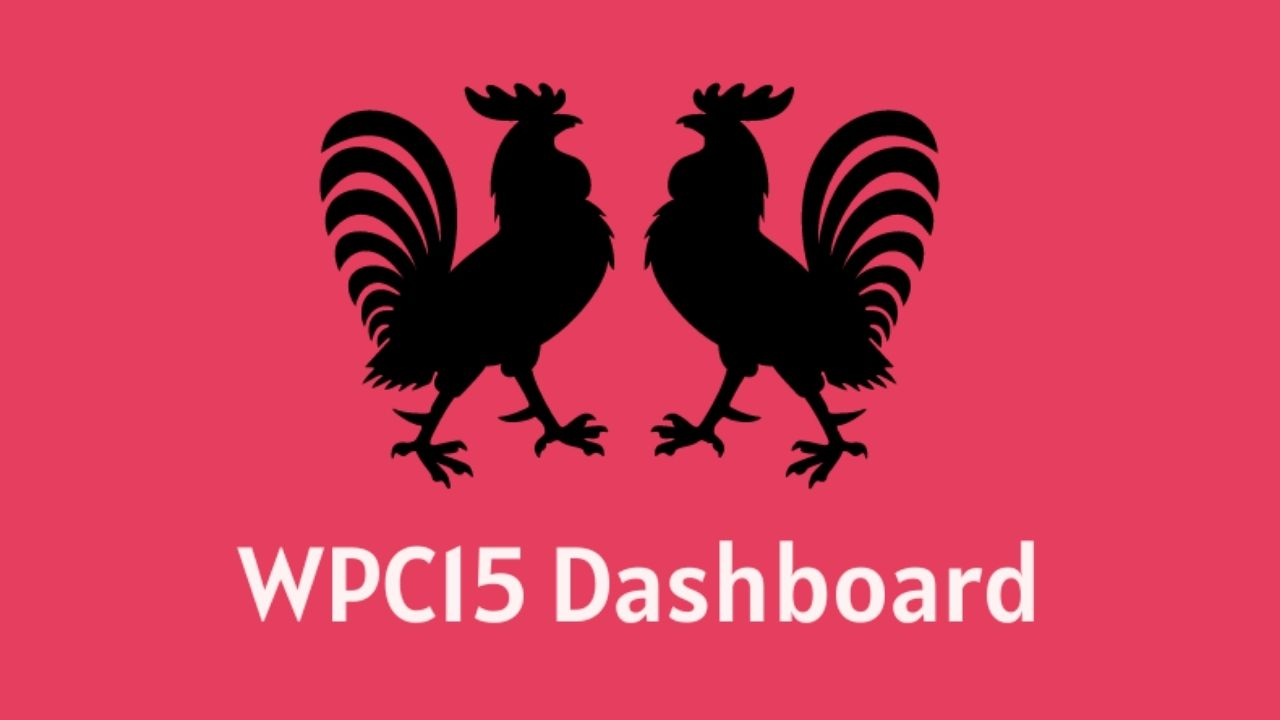In today’s data-driven world, dashboards play a crucial role in helping businesses and professionals track, analyze, and visualize their data effectiv
In today’s data-driven world, dashboards play a crucial role in helping businesses and professionals track, analyze, and visualize their data effectively. One such tool gaining attention is the WPC15 Dashboard. Whether you are a data analyst, project manager, or business owner, understanding how the WPC15 Dashboard works and how it can benefit your operations is essential.
This article dives deep into the WPC15 Dashboard, exploring its features, uses, benefits, and common questions.
What is the WPC15 Dashboard?
The WPC15 Dashboard is a dynamic, customizable data visualization tool designed to provide users with clear insights into their performance metrics, operational data, or project progress. It offers an intuitive interface that consolidates multiple data points into one accessible place, allowing for easier monitoring and decision-making.
Originally developed for specific industries such as project management and performance tracking, the WPC15 Dashboard has expanded in usage to various fields due to its adaptability and powerful analytics features.
Must visit: experttrading

Key Features of the WPC15 Dashboard
1. Real-Time Data Integration
One of the standout features of the WPC15 Dashboard is its ability to connect with various data sources and update in real time. This means users can see the most current information without manual refreshes, allowing for timely decisions.
2. Customizable Widgets
Users can tailor their dashboard views using customizable widgets. Whether you want to display graphs, charts, KPIs, or task progress bars, the WPC15 Dashboard lets you arrange your data in a way that fits your workflow best.
3. User-Friendly Interface
Even users without advanced technical skills can navigate the WPC15 Dashboard easily. The interface is designed for clarity and simplicity, reducing the learning curve and enhancing productivity.
4. Cross-Platform Accessibility
The dashboard is accessible via desktops, tablets, and smartphones. This ensures you can stay connected to your data regardless of location.
5. Automated Alerts and Notifications
Users can set up automated alerts based on specific thresholds or conditions. For instance, if a project falls behind schedule or sales dip below a target, the dashboard will notify the relevant parties immediately.
6. Security and Privacy Controls
Data security is a priority, and the WPC15 Dashboard includes features like role-based access control, data encryption, and secure login protocols to keep information safe.
Benefits of Using the WPC15 Dashboard
1. Improved Decision-Making
By visualizing complex data simply, the WPC15 Dashboard helps decision-makers identify trends, outliers, and areas that require attention quickly, leading to smarter strategies and better outcomes.
2. Time Savings
Automated data collection and real-time updates eliminate the need for manual reports, freeing up valuable time for teams to focus on analysis and action.
3. Enhanced Collaboration
Team members can share dashboard views and collaborate on data interpretation, ensuring everyone is aligned and informed.
4. Increased Accountability
With clear performance metrics displayed openly, teams have greater transparency regarding goals and progress, fostering accountability.
5. Scalability
As your business grows, the WPC15 Dashboard can scale with you. It supports integration with new data sources and increased data volume without losing performance.
Typical Use Cases for the WPC15 Dashboard
- Project Management: Track milestones, deadlines, and resource allocation.
- Sales & Marketing: Monitor sales funnels, conversion rates, and campaign performance.
- Operations: Oversee supply chain metrics, inventory levels, and process efficiency.
- Customer Support: Visualize ticket statuses, response times, and satisfaction scores.
- Finance: Analyze cash flow, expenses, and budget adherence.
How to Get Started with the WPC15 Dashboard
Step 1: Define Your Goals
Identify what key metrics or data points you need to track. Clear goals will guide your dashboard design and data integration.
Step 2: Connect Your Data Sources
The WPC15 Dashboard supports integration with databases, spreadsheets, cloud services, and various business software. Link your relevant data sources to ensure comprehensive insights.
Step 3: Customize Your Dashboard
Choose widgets and layouts that suit your needs. Most dashboards offer drag-and-drop customization, so you can rearrange elements with ease.
Step 4: Set Up Alerts and User Access
Define alert rules to stay informed of critical changes and assign user roles for secure access and collaboration.
Step 5: Review and Optimize Regularly
As your data and goals evolve, update your dashboard to keep it relevant and effective.
FAQs About the WPC15 Dashboard
Q1: Is the WPC15 Dashboard suitable for small businesses?
Yes, the dashboard is scalable and customizable, making it suitable for both small businesses and large enterprises.
Q2: Can the WPC15 Dashboard integrate with popular tools like Excel or Google Sheets?
Absolutely. It supports integration with various tools including Excel, Google Sheets, CRM systems, and other data sources.
Q3: How secure is the data on the WPC15 Dashboard?
Data security is a priority. The dashboard includes encryption, secure user authentication, and role-based access controls to protect sensitive information.
Q4: Do I need technical expertise to use the WPC15 Dashboard?
No, the dashboard is designed with a user-friendly interface that requires minimal technical knowledge. Support and tutorials are also typically available.
Q5: Can multiple users access the dashboard simultaneously?
Yes, the dashboard supports multiple users with customizable access permissions to enable collaboration.
Q6: Does the WPC15 Dashboard provide mobile access?
Yes, it is accessible on various devices, including smartphones and tablets, so you can view your data on the go.
Q7: Is it possible to export data or reports from the dashboard?
Most versions of the WPC15 Dashboard allow exporting data and reports in various formats such as PDF, Excel, or CSV for offline analysis.
Q8: How often is the data updated?
The dashboard can update data in real time or at intervals you set, depending on your connected data sources and preferences.
Q9: Can I customize alerts and notifications?
Yes, you can set thresholds and conditions for alerts to ensure you get notified about significant changes or events.
Q10: What industries benefit most from the WPC15 Dashboard?
While it’s versatile, industries such as project management, sales, finance, operations, and customer service find it particularly beneficial.
Final Thoughts
The WPC15 Dashboard is a powerful tool that streamlines data visualization and monitoring across various business functions. Its real-time capabilities, customization options, and ease of use make it a valuable asset for any organization looking to enhance decision-making, boost collaboration, and improve overall efficiency.
Whether you’re managing projects, tracking sales, or overseeing operations, the WPC15 Dashboard can transform how you interact with your data. By adopting this tool, you empower your team to stay informed, react swiftly, and drive success based on clear, actionable insights.



COMMENTS